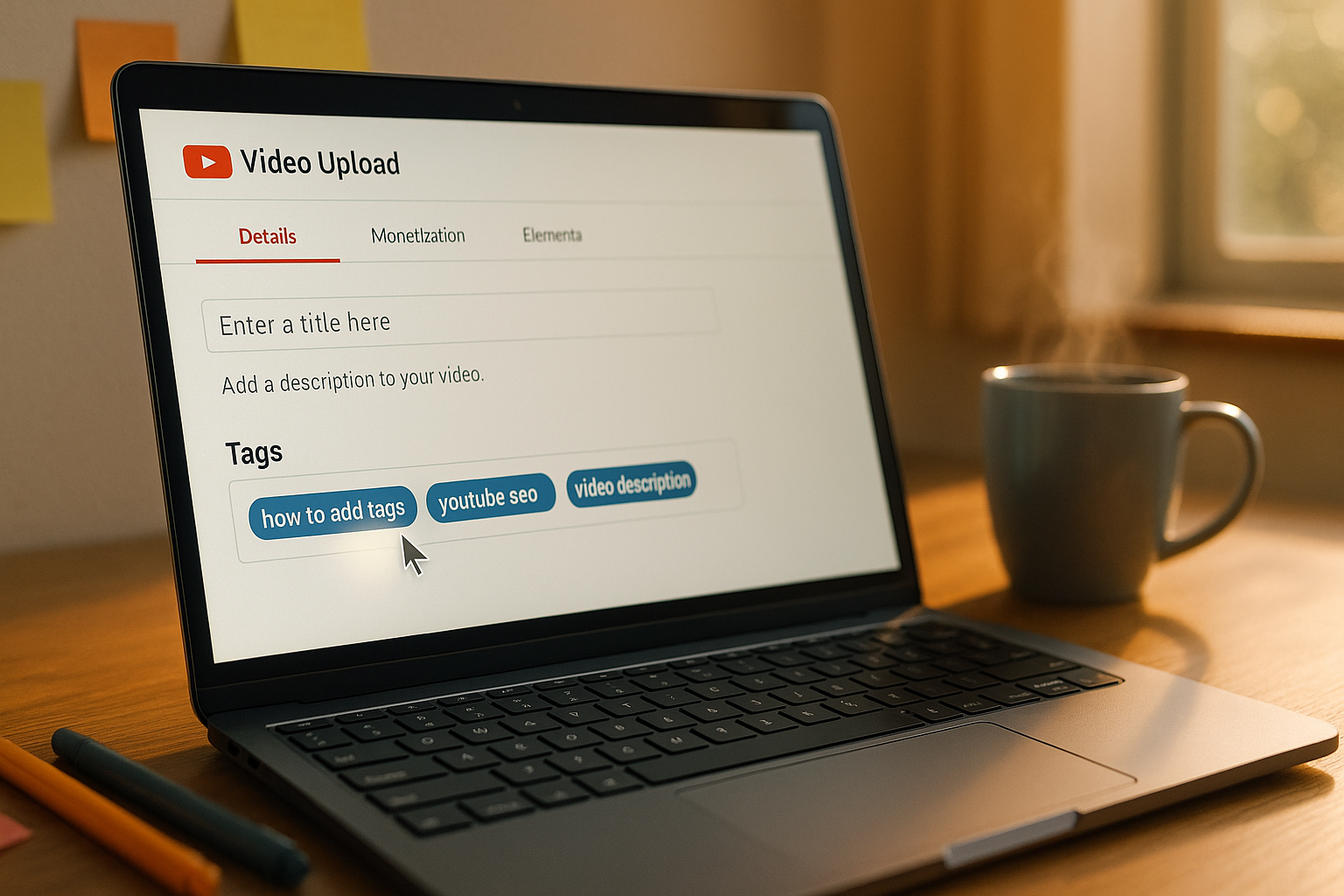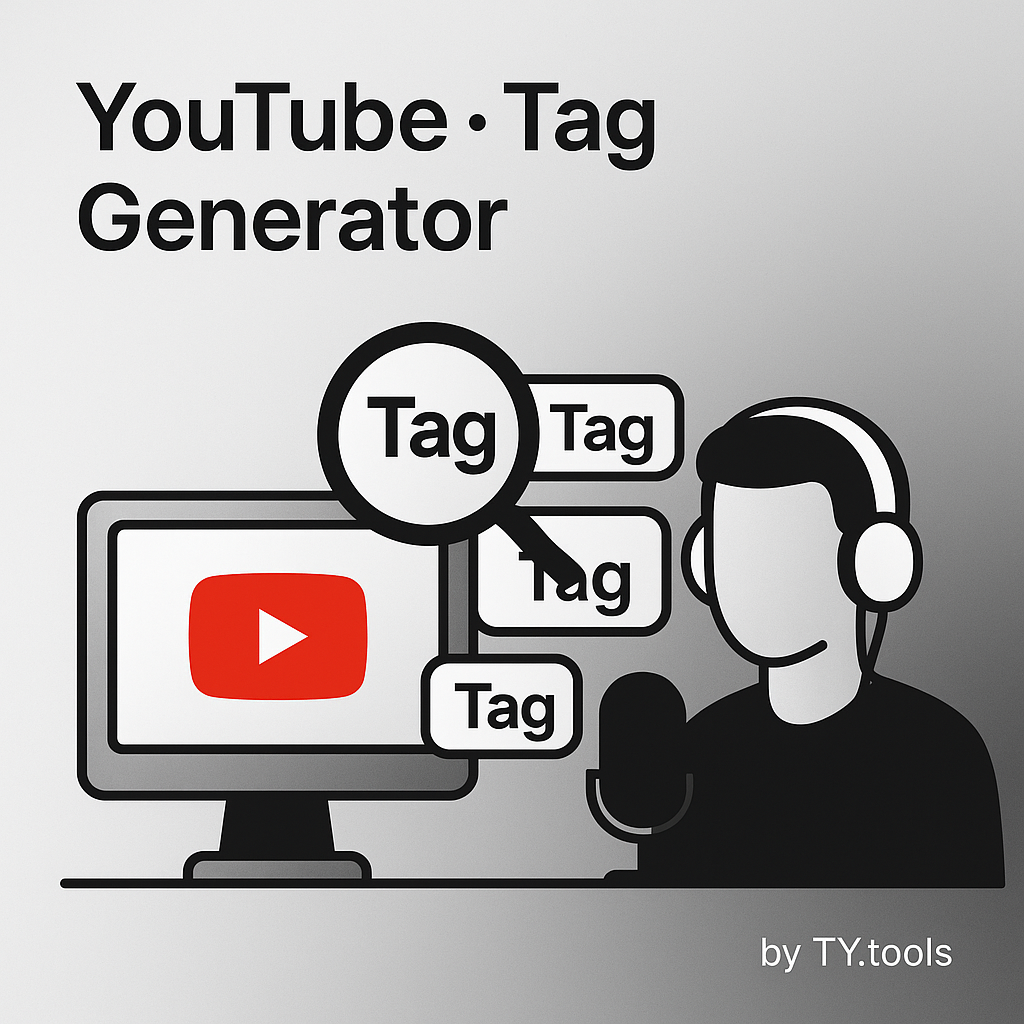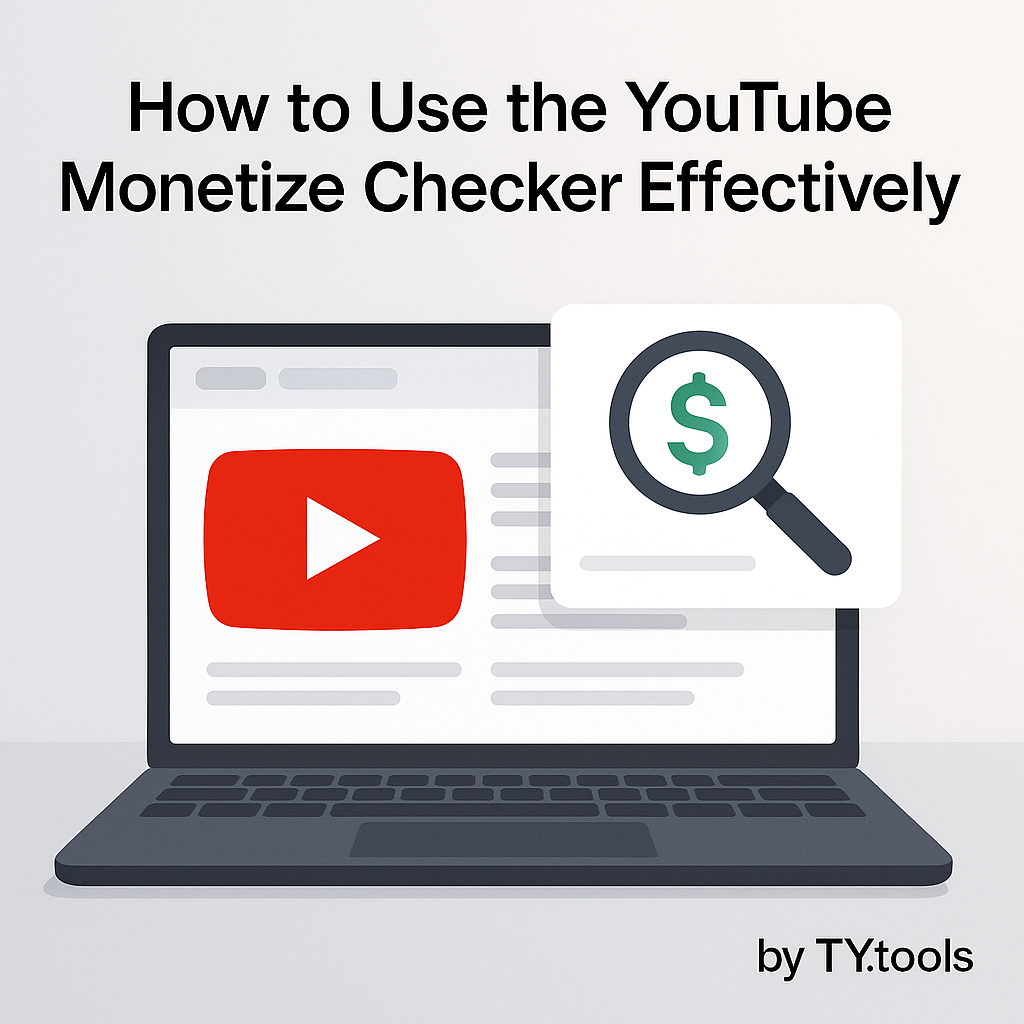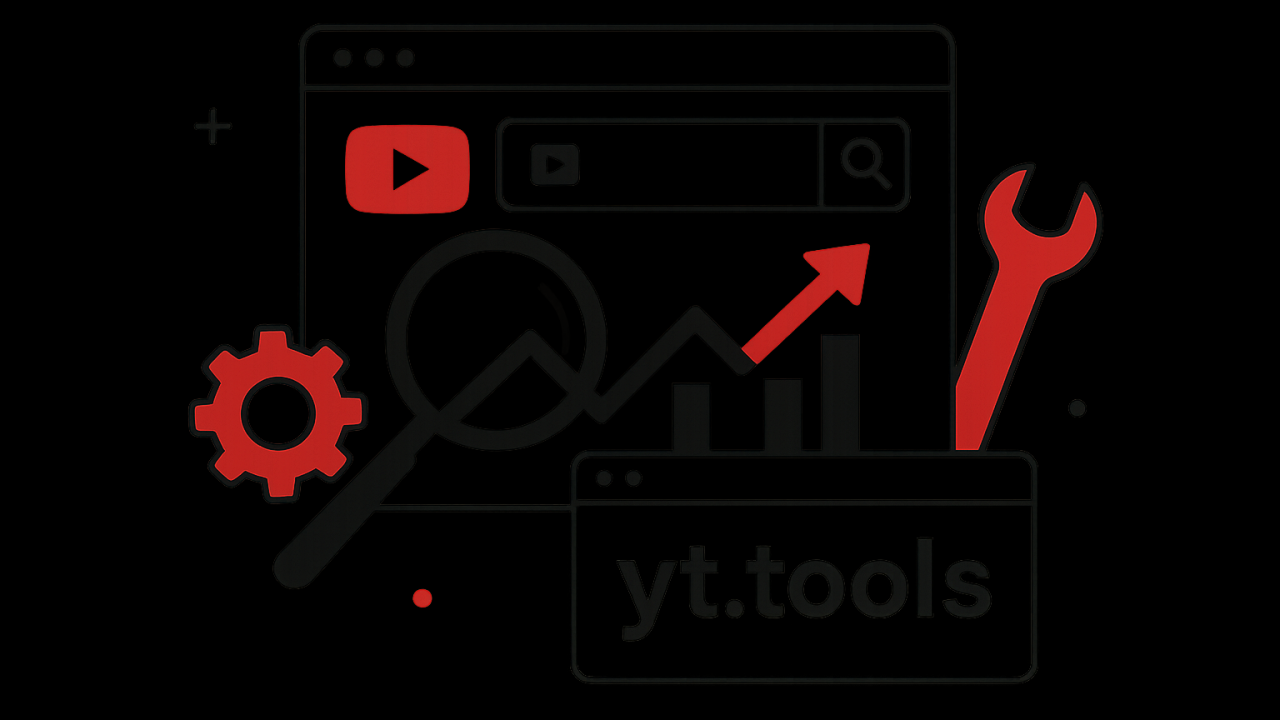
How to Add Tags in YouTube Video Description
Maximize Your YouTube Reach: Mastering Video Tags for Success
How to Add YouTube Tags in Studio (and Use Hashtags in the Description)
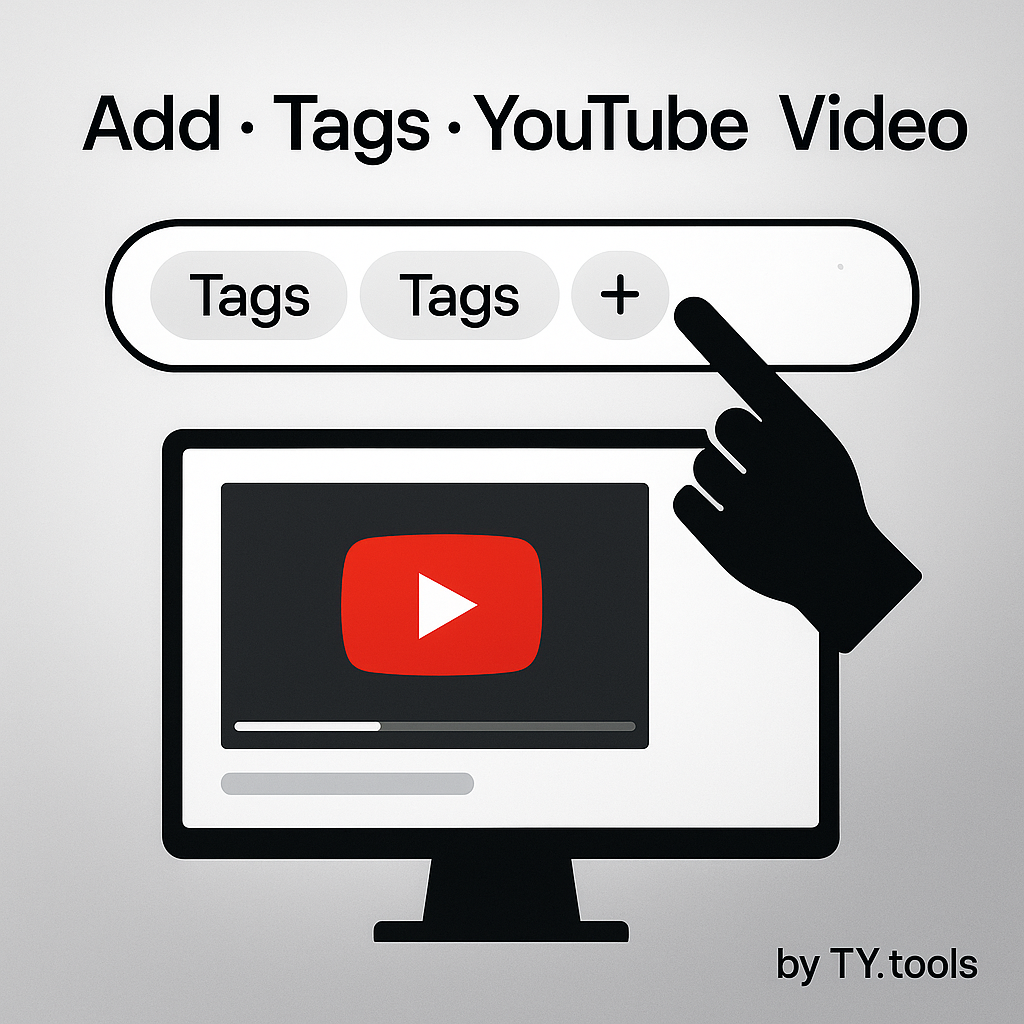
Quick clarity. On YouTube, the word tags refers to a hidden metadata field in YouTube Studio → Details → Tags. Viewers don’t see these terms, and they mainly help with disambiguation (misspellings, acronyms, alternate names). By contrast, hashtags are visible “#” terms you place in the description (and optionally title). YouTube may display up to three above the video title. This article shows exactly where to add each one, how to keep them clean and effective, and how to measure whether your changes are actually helping discovery.
We’ll cover hands-on steps, best practices, examples by niche, a deeper Analytics workflow, and a practical FAQ. You’ll also find tool links to move quickly inside the yt.tools ecosystem.
Key Takeaways
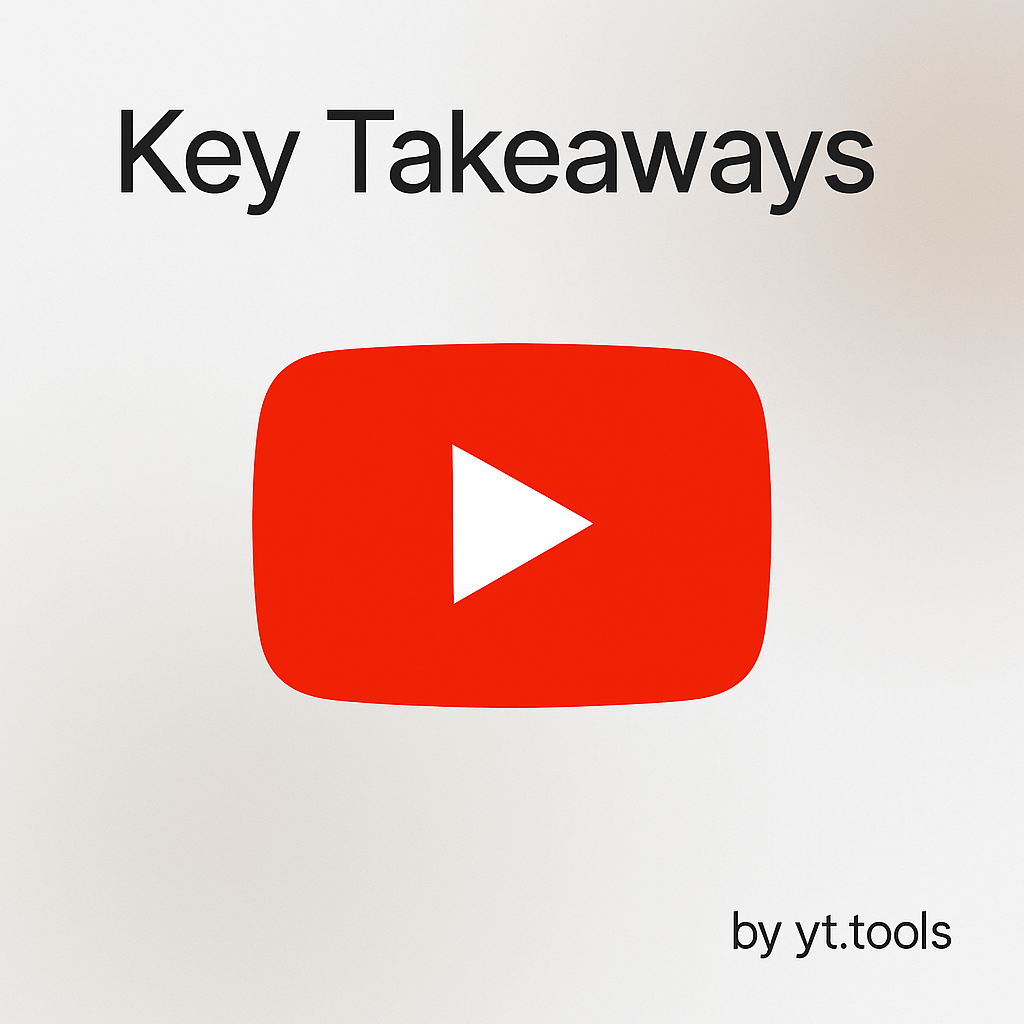
- Add tags in Studio: Open YouTube Studio → select a video → Details → Tags (hidden metadata).
- Keep tags lean: Use 5–8 precise terms, include common misspellings/variants, then Save.
- Use hashtags in the description: Add 1–3 relevant
#terms (preferably at the end). Don’t spam. - Measure & refresh: Revisit CTR, Average View Duration, and Traffic Sources → YouTube Search; adjust if data supports it.
- Work faster with tools: Tag Generator, Hashtag Generator, Keyword Ideas, Keyword Cluster.
What YouTube Tags Actually Do (scope & limits)
Tags are support signals. They’re useful for clarifying your topic—e.g., spelling variants (color/colour), acronyms (e.g., “DAW” for digital audio workstation), alternate names (“stovetop espresso” / “moka pot”), and hard-to-spell entities. While tags don’t replace a strong title, thumbnail, and description, they do reduce ambiguity and help the system categorize your clip.
When tags help most:
- Ambiguous keywords such as “jaguar” (animal vs car vs sports team).
- Misspellings that users commonly type (e.g., “mozzarela,” “defi” vs “DeFi”).
- Multi-name topics (e.g., “aeropress recipes,” “aero press coffee”).
- Languages/accents where transliteration creates variant spellings.
Practical limits: Tags are capped by a ~500 character limit in the field. More is not better—beyond 5–8 highly relevant terms, you usually add noise. If a term is already prominent in your title and first lines of the description, only include it in tags if it disambiguates something (e.g., “E46 M3” vs “BMW M3 2001”).
Competitive insight: You can inspect patterns with the Tag Extractor, then adapt—not copy—what makes sense for your video’s angle and audience.
Hands-On: Add Tags in YouTube Studio (New & Existing)
Use this flow anytime—during upload or when revising a published video:
- Upload or open an existing video: Click the Create camera icon or choose a video from Content.
- Details → Tags: Scroll to the Tags field.
- Enter terms with commas: Add concise phrases (stay within ~500 characters). Prioritize clarity over volume.
- Save: Click Save (top right). Your tags are now attached to that video.
Team tip: Keep a simple spreadsheet log: Video • Tags added/removed • Hypothesis • Analytics check date • Outcome. This prevents churn and shows what actually moved the needle.
Hashtags in the Description (what, where, how many)
Hashtags are visible and clickable (#TravelTips, #LatteArt, etc.). YouTube may show up to three above your title. Treat them like navigational hints for viewers—not a keyword dumping ground.
Best practices:
- Place 1–3 relevant hashtags at the end of your description for readability.
- Favor specific topical tags (#AeropressBeginner, #E46M3Maintenance) over vague catch-alls (#YouTube, #Tech).
- Don’t mix unrelated tags or stack long walls of hashtags—this reads as spam and can backfire.
- Align hashtags with the promise made by your title/thumbnail. Consistency builds trust.
Workflow: Draft your description first, then add 1–3 precise hashtags that summarize the topic. If you publish about coffee gear, your three might be #MokaPot, #StovetopEspresso, #CoffeeTips. For gaming, think #EldenRingBuilds, #DexterityBuild, #BossGuide.
Rules of Thumb for Clean Tags (quantity, specificity, variants)
- Limit quantity (5–8): More terms add noise. Keep the tightest set that captures your topic variants.
- Specificity wins: Prefer 2–3-word phrases (e.g., “budget lav mic,” “moka pot crema”).
- Include variants: Add acronyms, synonyms, and common typos (por_over / pour over).
- Stay honest: Misleading tags and off-topic trends frustrate viewers and the algorithm.
Example: “How to Calibrate a Gimbal (DJI RS3)”
- Tags: gimbal calibration, DJI RS3 setup, stabilizer balance, camera gimbal, rs3 balancing, ronin rs3
- Hashtags:
#DJIRS3#GimbalTips#VideoStabilization
Use the Tag Generator to brainstorm variants quickly and the Keyword Ideas tool to uncover long-tails that may inform future content.
Save and Validate in Studio
Adding metadata is step one; validating it is where you win. Here’s a lightweight measurement loop you can repeat after any change:
- Baseline: Write down CTR, AVD, and top search terms for the video (last 28 days).
- Change: Update tags and/or 1–3 hashtags. Log exactly what you altered and why.
- Wait a bit: Give it meaningful runway (e.g., 7–14 days, depending on your channel size and posting cadence).
- Compare: Recheck search terms and retention behavior. Did your target queries rise? Did CTR or AVD hold steady or improve?
Clustering for consistency: If your channel covers recurring themes (e.g., “YouTube SEO,” “DSLR Tutorials,” “Minimalist Cooking”), build repeatable sets with Keyword Cluster. This reduces random drift in your metadata from video to video.
Revisit After Performance Changes
When performance shifts, revisit metadata with intent—not panic. Consider these triggers:
- Audience shift: New geographies or languages show up in Analytics → try adding localized variants in tags.
- Topic drift: Search terms show viewers arriving for an adjacent subtopic → refine tags/hashtags to the winning angle.
- Seasonality: Add seasonal variants (“holiday coffee gifts,” “summer road trip camera”). Remove them after the season.
- Retention drop: If early retention dips, metadata may be over-promising. Re-tighten title/thumbnail/hashtags to match the video’s true scope.
Monetization lens: Improved discovery should reflect in revenue. Use the RPM calculator to sanity-check whether more of the right viewers are finding you.
Examples & Micro-Templates (by niche)
Use these as starting points. Always adapt to your video’s exact promise and viewer intent.
Fitness
- Tags: home HIIT workout, beginner fat burn, no equipment routine, 20 minute workout, low impact hiit
- Hashtags:
#HIIT#HomeWorkout#FatBurn
Travel
- Tags: rome 3 day itinerary, rome budget travel, colosseum tips, trastevere food guide
- Hashtags:
#RomeTravel#ItalyGuide#TravelTips
Cooking
- Tags: moka pot tutorial, stovetop espresso, moka crema, bialetti tips
- Hashtags:
#MokaPot#StovetopEspresso#CoffeeTips
Tech Reviews
- Tags: budget lavalier mic, best mic under 50, mic noise test, audio comparison
- Hashtags:
#MicTest#AudioGear#BudgetTech
Education / Productivity
- Tags: anki setup, spaced repetition guide, study routine, exam prep tips
- Hashtags:
#StudyWithMe#SpacedRepetition#ExamPrep
For even faster ideation, run topics through YouTube Trend to spot rising hooks, then reflect those terms in your title/thumbnail and only the necessary tags/hashtags.
Best Practices for Durable Metadata (no churn; sane A/B)
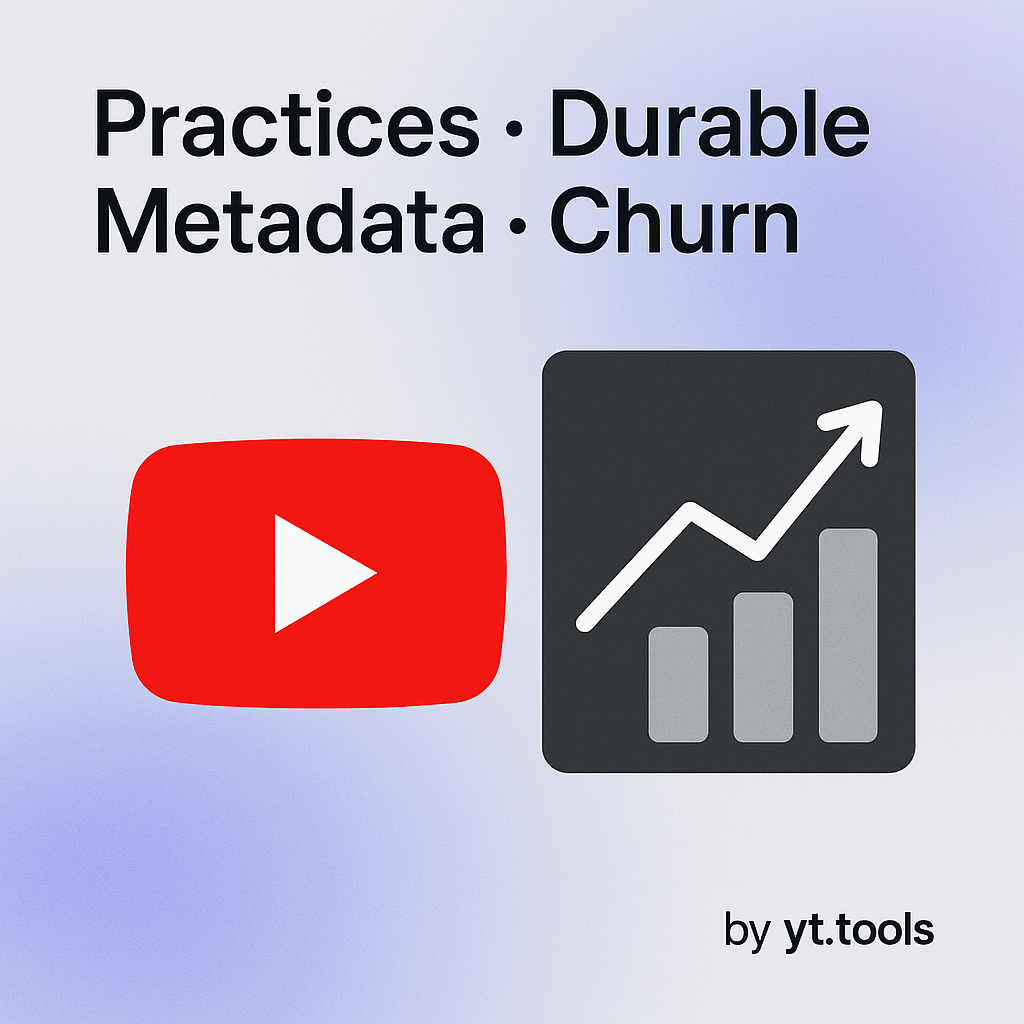
- Promise discipline: Your title + thumbnail make a promise; tags and hashtags should reinforce—not expand—scope.
- Blend broad + niche: Include one broad phrase (category) and several specific ones (the exact angle).
- Iterate with restraint: Schedule metadata reviews (e.g., 30 days post-publish). Don’t rewrite daily without evidence.
- Test cleanly: Change few variables at once. Example: swap one hashtag; keep tags steady. Measure, then decide.
Mini A/B framework you can reuse:
- Hypothesis: Replacing
#Coffeewith#MokaPotwill improve search relevance for stovetop espresso queries. - Change: Update description hashtags only.
- Window: 14 days.
- Success metric: +10% views from YouTube Search with stable or better AVD.
Common Mistakes to Avoid (spam, mismatched tags)
Stuffing and mismatch are the two big killers. Avoid these traps:
- Hashtag walls: Ten or twenty hashtags scream spam and distract from your description’s first lines (which matter for SEO and CTR).
- Irrelevant trends: Tagging random viral names may spike impressions but usually craters retention.
- Duplicate overload: Repeating the exact title in tags rarely adds value unless you’re clarifying variants.
- Never revisiting: Set calendar reminders—especially for seasonal or news-driven content.
Comparison Table: Tags vs Hashtags vs Keywords
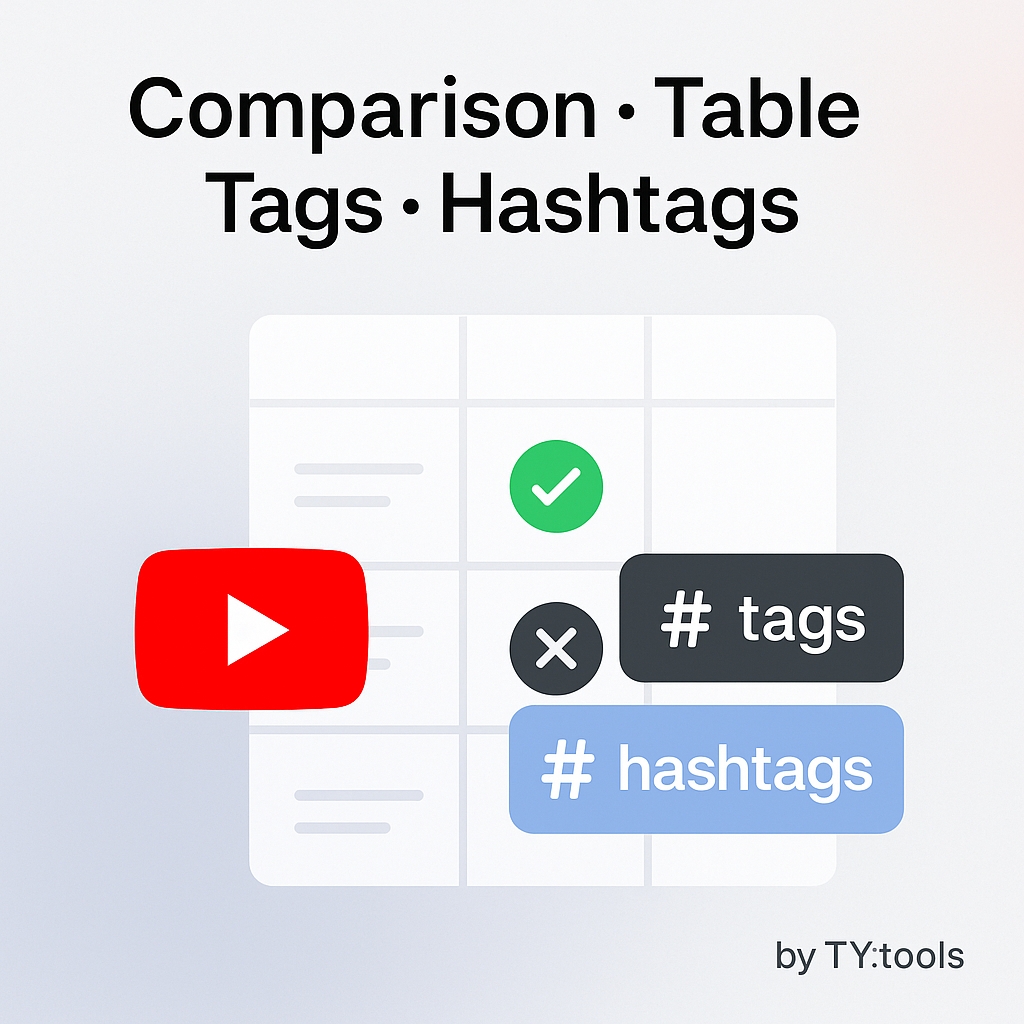
| Feature | Tags | Hashtags | Keywords |
|---|---|---|---|
| Definition | Hidden metadata terms in Studio | Clickable # terms in description/title |
Search phrases you target in title/description/script |
| Visibility | Not visible to viewers | Visible; up to 3 may appear above title | Visible in copy; shape how viewers find and click |
| Purpose | Disambiguation, variants, misspellings | Topical navigation/discovery | Primary relevance & click intent |
| Where to add | Studio → Details → Tags | End of description (and optionally title) | Title + first 2–3 lines of description; on-screen/script |
| Limits | ~500 characters | Use 1–3 per video | No formal cap—be concise and human |
Related yt.tools You’ll Need Next
Build a fast, repeatable workflow:
- Tag Generator — brainstorm clean 5–8 term sets.
- Hashtag Generator — pick 1–3 precise topical hashtags.
- Keyword Ideas — expand topics and long-tails.
- Keyword Cluster — organize phrases by theme for series/playlists.
- Description Extractor — mine language that resonates in your niche.
FAQ: Tags, Hashtags, and Practical Edge Cases
Do tags still matter?
They do, but as support signals—especially for misspellings and alternate names. Don’t expect tags alone to transform reach; focus your core effort on title/thumbnail/description and viewer retention.
How many tags should I add?
Five to eight highly relevant phrases is a reliable sweet spot. If you need more, verify each adds unique value (e.g., a useful synonym or common typo).
How many hashtags should I use?
Stick to 1–3. More than that clutters the description and can look spammy.
Should I repeat the title as a tag?
Only if it helps disambiguate a term (e.g., your title uses a branded nickname and your tag uses the official product name). Otherwise, repetition adds little.
What about Shorts?
Same approach: a few precise tags in Studio and up to three relevant hashtags. The hook and early retention still matter most.
Should hashtags go at the start or end of the description?
Place them at the end so the first lines can sell your topic and value clearly.
Can I localize tags for different languages?
Yes—add common transliterations or local spellings if they match your audience. For multilingual channels, keep separate tag sets per language and watch Analytics for language-specific search terms.
Are brand names safe to use as tags/hashtags?
Use brand/product names when your video legitimately covers them. Avoid unrelated brand bait—it erodes trust and retention.
Do “negative keywords” exist for YouTube tags?
Not in the same way as ads platforms. Instead, remove off-topic terms and refine your on-screen/title/description to attract the right viewers.
What if nothing changes after I tweak tags?
That’s common. Consider testing title/thumbnail next. Tags help clarity; they rarely overcome a weak hook.
Mini Case Studies: From Idea to Clean Metadata
Case 1 — Cooking: “Moka Pot Crema at Home (No Espresso Machine)”
Goal: Capture viewers searching for stovetop espresso tips without confusing them with espresso machine content.
- Title: Moka Pot Crema at Home (Simple Step-by-Step)
- Description lead: “Learn how to make rich, stable moka pot crema with grind size, heat control, and dosing tricks…”
- Tags: moka pot crema, stovetop espresso, bialetti tips, moka grind size, moka channeling, moka bitter fix
- Hashtags:
#MokaPot#StovetopEspresso#CoffeeTips - Analytics check: Watch for “stovetop espresso” and “moka crema” among top search terms in 14 days; keep if AVD ≥ channel median.
Case 2 — Tech: “E46 M3 Inspection Checklist (Buyer’s Guide)”
Goal: Disambiguate model codes and surface for maintenance/buyer queries.
- Title: BMW E46 M3 Buyer’s Checklist (Common Issues & Costs)
- Description lead: “A step-by-step pre-purchase inspection for the 2001–2006 E46 M3…”
- Tags: e46 m3 buyers guide, bmw m3 2001, vanos issues, subframe cracks, smg vs manual, maintenance costs
- Hashtags:
#E46M3#BMWBuyerGuide#ProjectCar - Analytics check: Expect queries like “e46 m3 vanos” or “e46 m3 subframe.” If viewers bounce early, tighten the title to match what most searchers want (e.g., “Costs” first).
Learn How Tags & Hashtags Impact Engagement
Use the walkthrough to locate the Studio Tags field quickly and to see clean examples of 1–3 hashtags at the end of the description. Remember: titles and first lines of the description still carry the most weight for search and clicks.
Conclusion
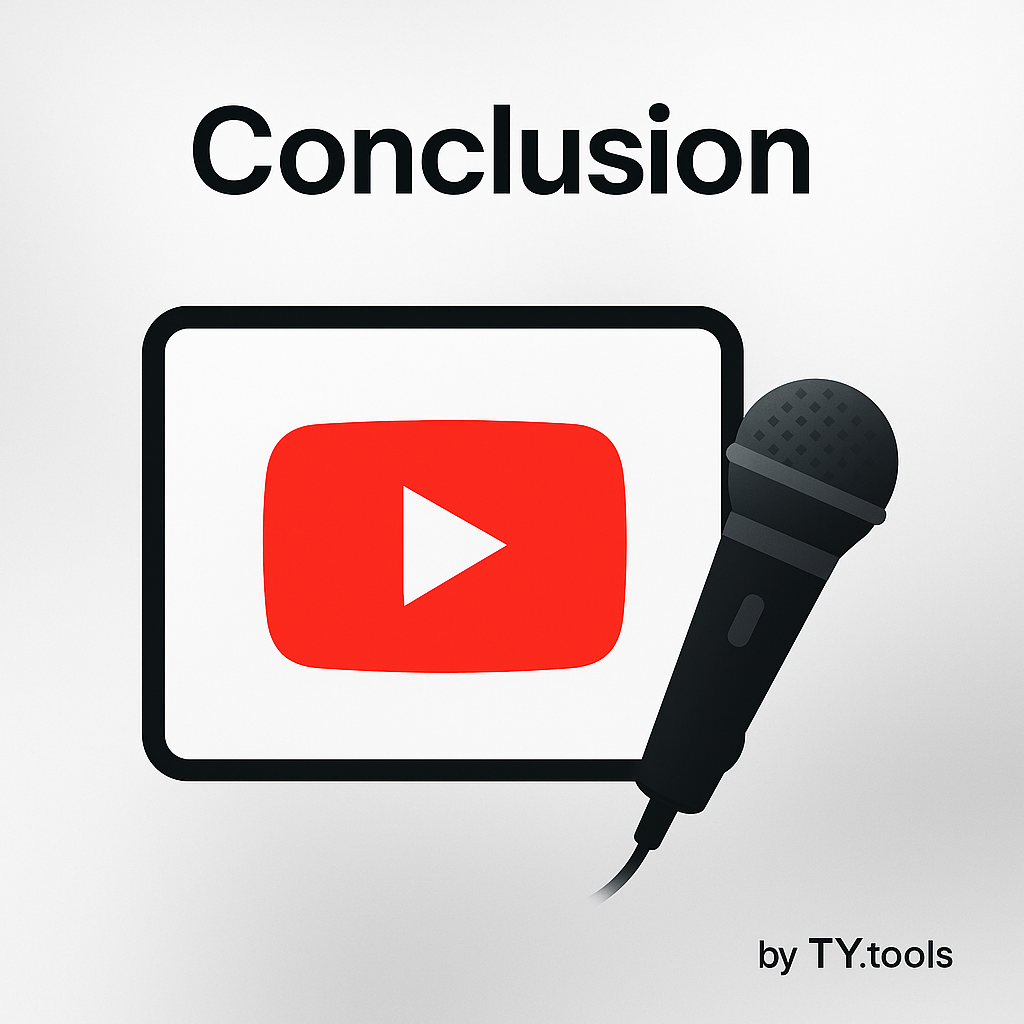
The durable approach: keep metadata simple, honest, and measurable. Add 5–8 clean tags in Studio to cover misspellings and variants. Place 1–3 targeted hashtags at the end of your description for topical discovery. Validate with Analytics—not hunches. If results improve, document what worked and repeat. If not, refine the hook (title/thumbnail) and revisit your first 15 seconds of content. For fast iteration, lean on the integrated yt.tools workflow: Tag Generator, Hashtag Generator, Keyword Ideas, and Keyword Cluster.

Sebastian G.
Co-Founder & Lead Developer
With over a decade of experience in web development and SEO, I've seen firsthand what it takes to succeed online. YT.tools was born from this experience, created to solve the specific challenges YouTube creators face by providing a suite of powerful, data-driven, and intuitive tools. This isn't just another project; it's a culmination of expertise, distilled into one platform to help you grow.
